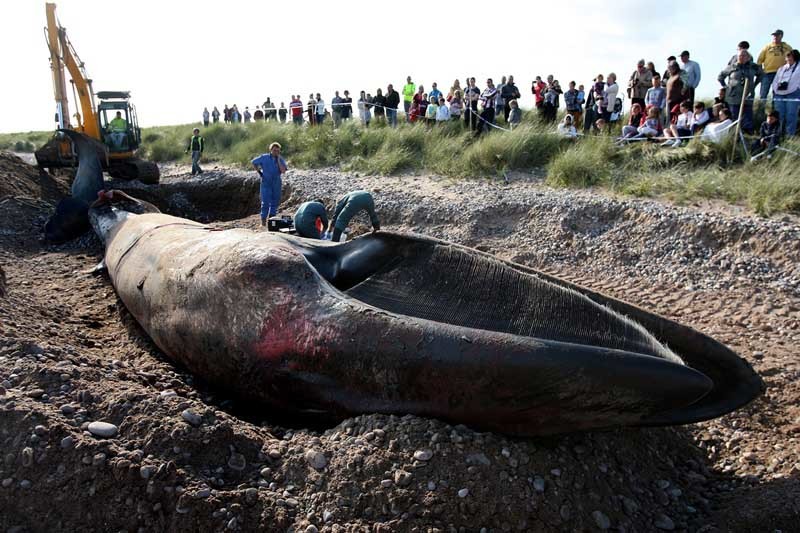The executive director of Save The Whales says it is ”very possible” that whale deaths in the North Sea are linked to windfarm surveys.
Maris Sidenstecker, executive director of the international marine conservation organisation based in California, said there was evidence in the United States of marine mammals including whales being killed as a result of seismic and sonar testing in the oil and gas industry.
She said: ”Seismic testing and sonar testing are different and we are fighting planned seismic testing off the central coast of California.
”Seismic testing is also what is used in gas and oil exploration and its effect on marine life is devastating. I don’t know about windfarms but it is very possible they are using seismic testing (in the North Sea).”
Save the Whales was established in 1977 and its purpose is to educate children and adults about marine mammals, their environment and preservation.
Ms Sidenstecker has launched a petition against Pacific Gas & Electric’s (PG&E) plan to conduct seismic testing in a grid pattern over a large area off the central coast of California, from Cambria to the Santa Maria River.
She said: ”The research ship would emit blasts of very loud noise into the ocean. Streamers four or five miles long would be towed behind the vessel, which would pick up the sound waves as they penetrate several miles into the Earth’s crust and reverberate back to the surface.
”Tests would last for 24 hours over 33 days and would kill or injure marine mammals, including whales, dolphins, porpoises, seals and otters.
”A deaf marine mammal is a dead one as this is the sense they rely on to communicate, navigate and find food. Seabirds and other species, such as endangered sea turtles, could be affected as well, with little or no way of mitigating the impacts.”
Ms Sidenstecker said PG&E’s position is that the tests are necessary to map the ocean floor so geologists can better understand the earthquake faults near Diablo Canyon nuclear power plant, close to San Luis Obispo.
She believes similar problems could be experienced in the North Sea if surveys are being carried out ahead of windfarm construction.
Industry body Scottish Renewables says there is ”no evidence” that vessels using high-tech sonar to scan the seabed may be driving whales to their deaths on the beaches of Fife and Angus.
The companies hoping to build windfarms within sight of the Fife and Angus coasts have also distanced themselves from the claims.
Seventeen pilot whales died after a mass beaching in the East Neuk earlier this month. Last week a 40ft sei whale washed up dead on the shore at Arbroath.
